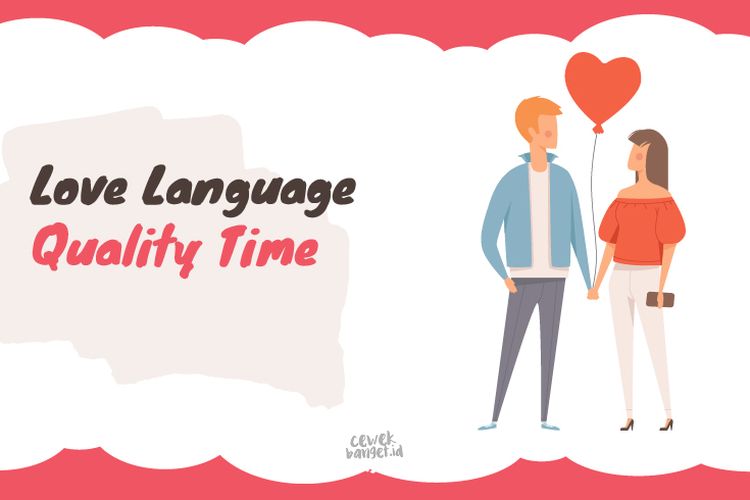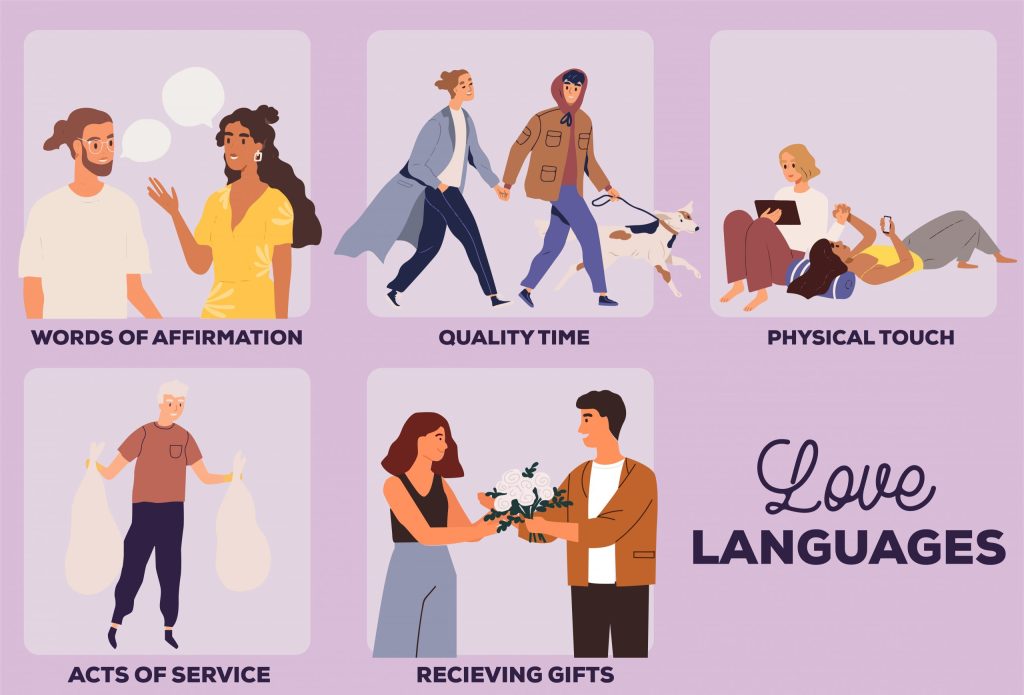Trending
Everything You Need To Know About The 5 Love Languages
Love languages refer to the different ways people express and receive love. The concept was popularized by Dr. Gary Chapman in his book “The 5 Love Languages: The Secret to Love that Lasts.” According to Chapman, there are five love languages: Words of Affirmation, Acts of Service, Receiving Gifts, Quality Time, and Physical Touch.
It’s important to note that everyone has a different love language, and it’s possible to have a primary and secondary love language. Understanding your own and your partner’s love language can help improve communication and strengthen your relationship.
Words of Affirmation
Words of Affirmation is one of the five love languages as defined by Dr. Gary Chapman in his book “The 5 Love Languages: The Secret to Love that Lasts.” People who have Words of Affirmation as their love language appreciate kind and encouraging words, compliments, and affirmations of love. They feel most loved and valued when their partner expresses affection and appreciation through words.
Examples of Words of Affirmation include saying “I love you”, “You’re awesome” giving compliments, expressing gratitude, and leaving kind notes. These gestures can help build confidence and reinforce a sense of security in the relationship.

If you have a partner with Words of Affirmation as their love language, it’s important to regularly express your love and appreciation for them through words. This can be done through compliments, verbal affirmations, or writing love letters. On the other hand, if you are someone who has Words of Affirmation as your love language, be sure to communicate this to your partner so they can better understand how to love and support you.
Acts of Service
Acts of Service is one of the five love languages described by Dr. Gary Chapman in his book “The 5 Love Languages: The Secret to Love that Lasts.” People who have Acts of Service as their primary love language appreciate practical acts of love, such as doing household chores, running errands, or helping with tasks. This means that expressing love through actions, such as doing things to make their life easier or more comfortable, can have a significant impact on their emotional well-being.

If you have a partner with Acts of Service as their love language, it’s important to show your love through practical acts, such as cooking dinner or helping with chores. On the other hand, if you are someone who has Acts of Service as your love language, be sure to communicate this to your partner so they can better understand how to love and support you. It’s also important to remember that Acts of Service is not just about doing things for your partner, but doing them in a way that shows love and consideration.
On the other hand, if you are someone who has Acts of Service as your love language, be sure to communicate this to your partner so they can better understand how to love and support you. It’s also important to recognize that not all acts of service are equal. Find out what specific acts your partner finds meaningful and make an effort to incorporate those into your relationship.
Receiving Gifts
Receiving Gifts is one of the five love languages described by Dr. Gary Chapman in his book. People who have Receiving Gifts as their primary love language appreciate receiving thoughtful and meaningful gifts, regardless of their cost or size. The act of giving and receiving gifts is a physical symbol of love and affection for them.

If you have a partner with Receiving Gifts as their love language, it’s important to regularly show your love through thoughtful gifts. This can be as simple as bringing them their favorite treat, or as elaborate as planning a surprise vacation. It’s the thought and effort put into the gift that is most important, rather than the cost or size. Check out Ink In Action to find the perfect gift for your partner.
If you are someone who has Receiving Gifts as your love language, be sure to communicate this to your partner so they can better understand how to love and support you. It’s also important to recognize that gifts do not need to be expensive to be meaningful. Personal, hand-made gifts or sentimental items can be just as impactful as more expensive gifts.
Quality Time
Quality Time is one of the five love languages described by Dr. Gary Chapman in his book. People who have Quality Time as their primary love language appreciate spending one-on-one time with their loved one, free from distractions and fully focused on them. This means that giving someone your undivided attention and actively engaging with them is a powerful way to show love and affection.

“This love language is all about giving your undivided attention to that one special person, without the distraction of television, phone screens, or any other outside interference. They have a strong desire to actively spend time with their significant other, having meaningful conversations or sharing recreational activities,” Mahmud-Syed says.
If Quality Time is your love language, be sure to let your partner know so they can better understand how to love and support you. It’s also important to recognize that quality time doesn’t have to be limited to grand gestures. Even small moments of undivided attention can mean a lot to someone with this love language.
Physical Touch
Physical Touch is one of the five love languages described by Dr. Gary Chapman. People who have Physical Touch as their primary love language appreciate physical affection, such as hugs, holding hands, and cuddling. This type of affection helps them feel close and connected to their partner.
For people whose love language is physical touch, expressing and receiving love through physical contact is important. Touch is the way they connect and feel connected with others. Obviously, the way you can and should touch others really comes down to the relationship you share. Expressing affection through physical touch can happen through small physical gestures, like a hug or snuggling. If appropriate, it can also involve more intimate contact like kissing, and yes, sexual activities.
:max_bytes(150000):strip_icc()/physical-touch-love-language-4797513-final-32cdab1a8411456c89fd5d18de9e211e.png)
Here are some examples of expressing love through physical touch: Kissing a partner hello and goodbye, Being generous with your affection, including in public, Spending some time cuddling in bed before and after sleep, Prioritizing sex, even if you have to schedule it, Using touch when comforting them, such as placing your hand on theirs or holding them.
Remember, consent is a must. Only touch someone or use these examples if they’ve conveyed they’re wanted and welcome.
Summary
Everyone has love languages, which is the way they feel most loved and appreciated. The five love languages is a useful concept for understanding and improving relationships By understanding and speaking your partner’s love language, you can improve your relationship and deepen your emotional connection. Love languages are not meant to be prescriptive, but rather a tool to help individuals better understand their own and their partner’s emotional needs and preferences.



